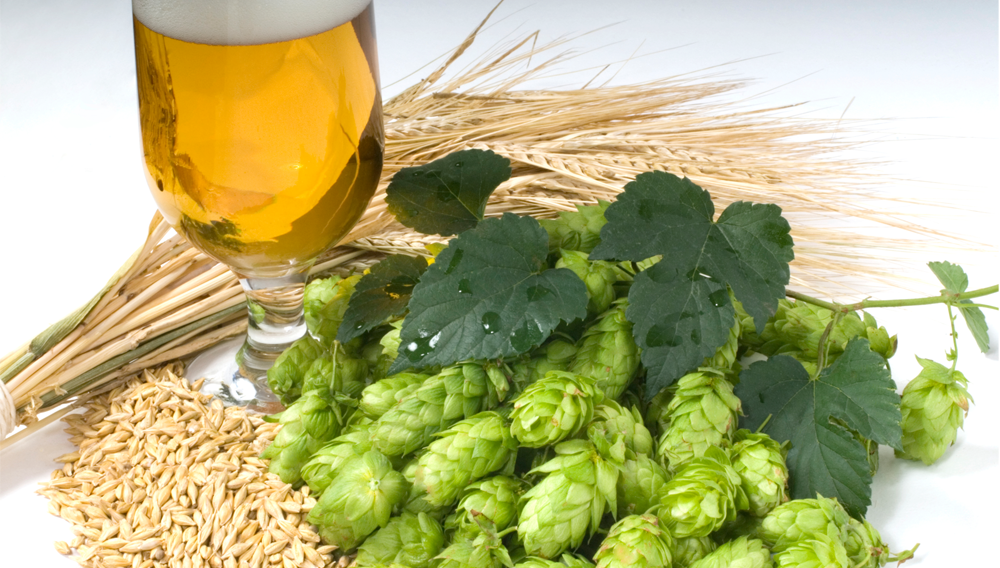As part of the continuing strategy to secure growing market presence in Europe, the Simon H. Steiner, Hopfen, GmbH group of companies, based in Mainburg, Germany, has acquired the trading company Inbarco d.o.o., based in Zalec, Slovenia as of 1.10.2018.
The Chicago-based company released a new hybrid yeast, GuloTM Ale. This new tool was created by their Research and Development team by mating two strains in the Omega catalog, the Irish Ale (OYL-005) and the French Saison (OYL-026). It is a true genetic hybrid rather than a blend of the two strains.
Australia’s largest hop grower, Hop Products Australia (HPA), part of the Barth Haas Group, has planted the first 50 hectares at their new farm in Victoria’s Buffalo River Valley. The AUD 35 million expansion project aims to increase HPA’s total hop production by 50% over a period of six years, further increasing supply of their proprietary hop varieties to Australian and international brewers.
The Tongham-based Hogs Back Brewery is building a new hop kiln on the brewery site at Manor Farm in Tongham, Surrey, which is believed to be the first traditional style kiln to be constructed in the county for over 100 years. It will cost GBP 350,000 to complete, taking total investment in the brewery and hop garden over the last 12 months to GBP 700,000.
The supply situation for malting barley in Europe remains tense, a shortage is expected. The current situation in logistics complicates matters further.
The 2018 hop harvest is over. The AHA (Hop Analysis Working Group) announces the average alpha acid values as determined in freshly harvested hops. Members of the AHA include the laboratories of the German processing plants Hallertauer Hopfenveredelungsgesellschaft Mainburg and Hopfenveredlung St. Johann, HVG Mainburg, LfL Hüll, BLQ Weihenstephan, VLB Berlin, TU Berlin, Labor Veritas Zurich and the Slovenian Institute of Hop Research and Brewing Žalec.
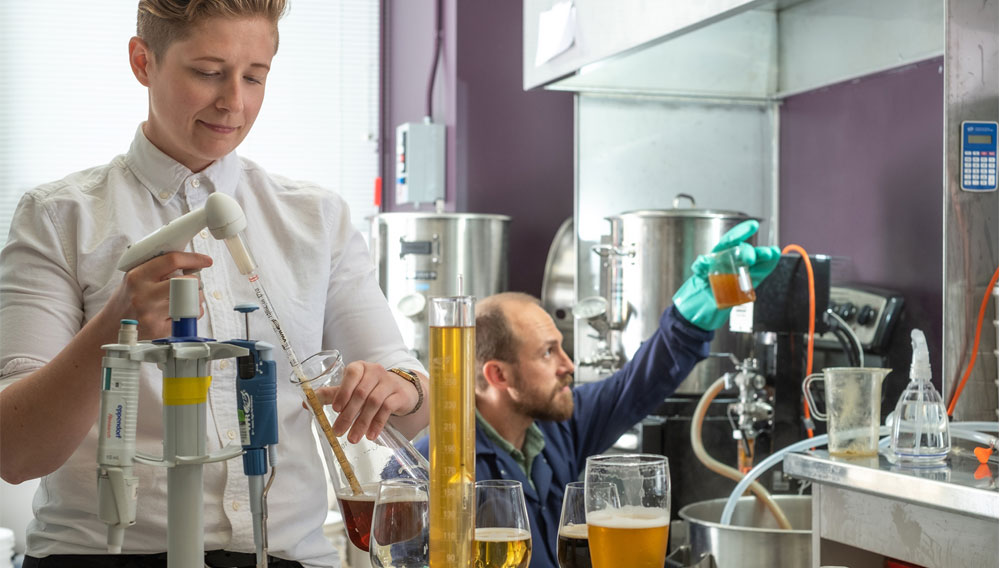
Controlling yeast | In the first part of this three-part article (BRAUWELT International No. 5, 2018, pp. 354-356), we outlined the enormous impact yeast has on the flavour and aroma profile of beer. In this sec ond part, we discuss the variables and methods by which brewers can exert direct control over yeast during the brewing process. In the concluding article, we will examine the time-honoured, non-GMO classical development techniques by which new and exciting yeasts are being developed to help create whole new flavour and aroma profiles in beer.
Networking | Next year it will once again be time for the hop researchers of the world to come together. They will convene on July 7th-9th 2019 at the STC (Scientific-Technical Commission) conference organized by the International Hop Growers’ Convention (IHGC). The hop experts will meet in Alsace, the traditional French hop growing region. Two years ago, Dr. Florian Weihrauch was elected to take the reins of the STC. He is responsible for the scientific program and for coordinating all STC conferences. BRAUWELT International spoke with him about his plans for the upcoming conference in Alsace.
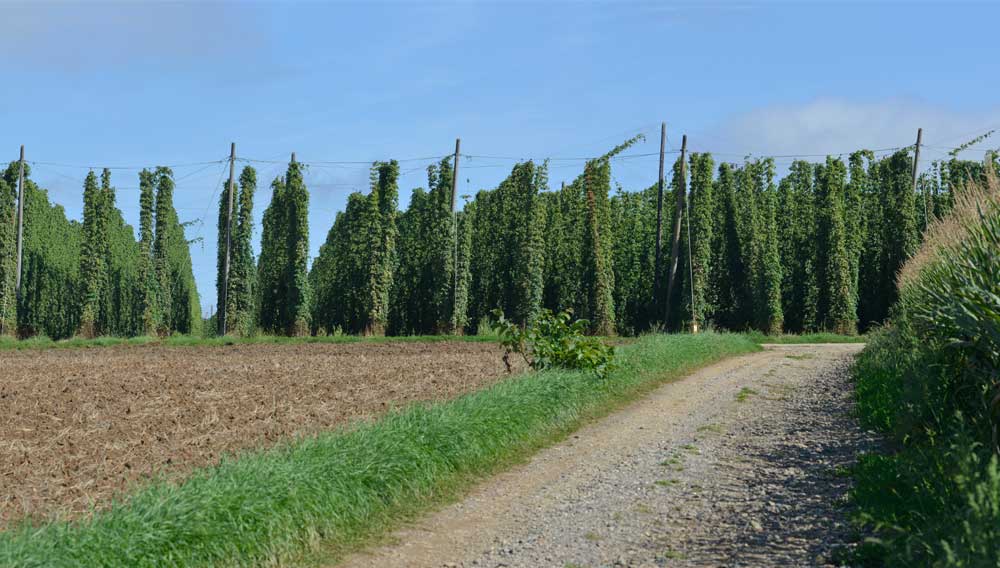
Alsace | Last year, the French agricultural trading company Comptoir Agricole located in Hochfelden in the Alsace region founded its hop division under its own umbrella brand: Hop France. BRAUWELT International spoke with Hop Group Manager Antoine Wuchner about the Alsace hop growing region, the circumstances behind the founding and his plans for the future of French hops.
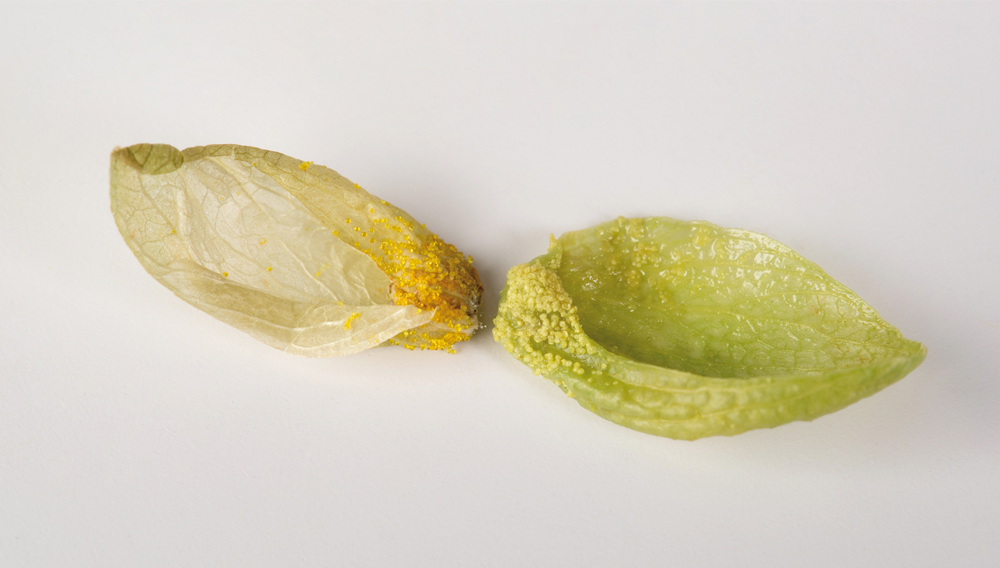
Novel preservation process | Hops – the flavour of beer! And this ever since hops have been used for brewing beer. However, in particular, since the craft beer wave has been rolling over the industry, hops play an even more important, an even firmer role. As an addition to hitherto known processes of hop preservation, a new option has entered the world of beer: WetHop. This article explains what it is all about.
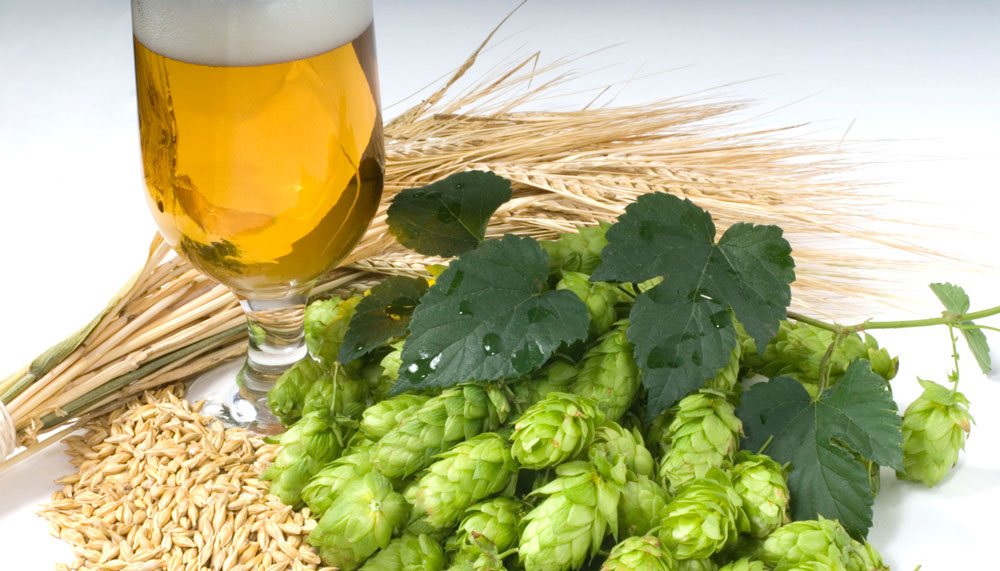
Enzyme activity analysis | Good quality of wort is very much dependent on the quality of the raw materials, especially on the enzyme activities (endogenous in the grain or added externally). Current analytical methods are cumbersome and require special laboratory equipment. However, what is needed is a quick and precise test, completely functional directly in the field with no additional lab equipment. This is now possible with new technologies.

